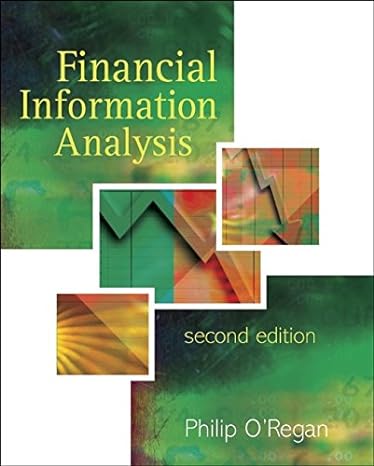Answered step by step
Verified Expert Solution
Question
1 Approved Answer
Lisa Frees and Amelia Ellinger had been operating a catering business for several years. In March 2014, the partners were planning to expand by opening
Lisa Frees and Amelia Ellinger had been operating a catering business for several years. In March 2014, the partners were planning to expand by opening a retail sales shop and decided to form the business as a corporation called Traveling Gourmet, Inc. The following transactions occurred in March 2014: a. Received $80,000 cash from each of the two shareholders to form the corporation, in addition to $2,000 in accounts receivable, $5,300 in equipment, a van (equipment) appraised at a fair market value of $13,000, and $1,200 in supplies. Gave the two owners each 500 shares of common stock with a par value of $1 per share. b. Purchased a vacant store for sale in a good location for $360,000, making a $72,000 cash down payment and signing a 10-year mortgage from a local bank for the rest. c. Borrowed $50,000 from the local bank on a 10 percent, one-year note. d. Purchased and used food and paper supplies costing $10,830 in March; paid cash. e. Catered four parties in March for $4,200; $1,600 was billed, and the rest was received in cash. f. Made and sold food at the retail store for $11,900 cash. g. Received a $420 telephone bill for March to be paid in April. h. Paid $363 in gas for the van in March. i. Paid $6,280 in wages to employees who worked in March. j. Paid a $300 dividend from the corporation to each owner. k. Purchased $50,000 of equipment (refrigerated display cases, cabinets, tables, and chairs) and renovated and decorated the new store for $20,000 (added to the cost of the building); paid cash. Required: 2. Record in the T-accounts the effects of each transaction for Traveling Gourmet, Inc., in March. Compute ending balances. Beg. Bal. (a) (c) (f) Cash End. Bal. 0 Accounts Receivable Beg. Bal. End. Bal. Beg. Bal. Supplies Beg. Bal. Equipment End. Bal. 0 End. Bal. 0 Building Beg. Bal. End. Bal. 0 Note Payable Beg. Bal. End. Bal. Common Stock Beg. Bal. End. Bal. Retained Earnings Beg. Bal. End. Bal. Beg. Bal. End. Bal. Accounts Payable Mortgage Payable Beg. Bal. 0 End. Bal. 0 0 Additional Paid-in Capital Beg. Bal. 0 End. Bal. Food Sales Revenue Beg. Bal. 0 End. Bal. Catering Sales Revenue Supplies Expense 0 0 Common Stock Additional Paid-in Capital Beg. Bal. Beg. Bal. End. Bal. Retained Earnings Beg. Bal. End. Bal. 0 0 End. Bal. Food Sales Revenue Beg. Bal. End. Bal. Catering Sales Revenue Supplies Expense Beg. Bal. Beg. Bal. End. Bal. Utilities Expense Beg. Bal. End. Bal. 0 Fuel Expense Beg. Bal. End. Bal. 0 0 End. Bal. 0 Beg. Bal. Wages Expense End. Bal. 0 0 0
Step by Step Solution
There are 3 Steps involved in it
Step: 1

Get Instant Access to Expert-Tailored Solutions
See step-by-step solutions with expert insights and AI powered tools for academic success
Step: 2

Step: 3

Ace Your Homework with AI
Get the answers you need in no time with our AI-driven, step-by-step assistance
Get Started


